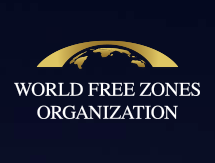Tempo de leitura: 1 minuto
Special Economic Zones (or Free Trade Zones) is a Chinese government economic policy that was introduced in 2013 in a grand plan to bolster and promote foreign direct investment in various industries varying by region. The first special economic zones (SEZ) were created with the intent of promoting international trading. The first designated Free Trade Zones (FTZ) opened in Shanghai in 2013, followed by Guangdong, Tianjin and Fujian in 2015.
Free Trade Zones are areas where goods may be landed, handled, manufactured or reconfigured, and re-exported without the intervention of the local customs authorities. Only when the goods are moved to consumers within the province in which the zone is located do they become subject to the prevailing customs duties.
Companies registered (location of registered address) within the boundaries of these SEZ enjoy:
- Lower corporate tax rates
- Import tax exemption until goods are moved out of the SEZ (out of the warehouse)
- Free currency exchange rate (no fees for converting major currencies)
- A fast and streamlined customs clearance.
- A hub of transportation, pick and pack and logistic service providers to choose from. All nearby.
- A faster VAT refund
Following the success of the first 4 FTZs, the CPC decided to open additional FTZs with different economic incentives (not just trading) to align with the government planned economy across its territory.
We know that information on most of the newer Free Trade Zones in China is hard to come by… In this guide, we take a deep dive into every Special Economic Zone in China. We research and report each trade zone’s economic policy, industries of interest, purpose, location and more!






Os comentários foram encerrados, mas trackbacks e pingbacks estão abertos.